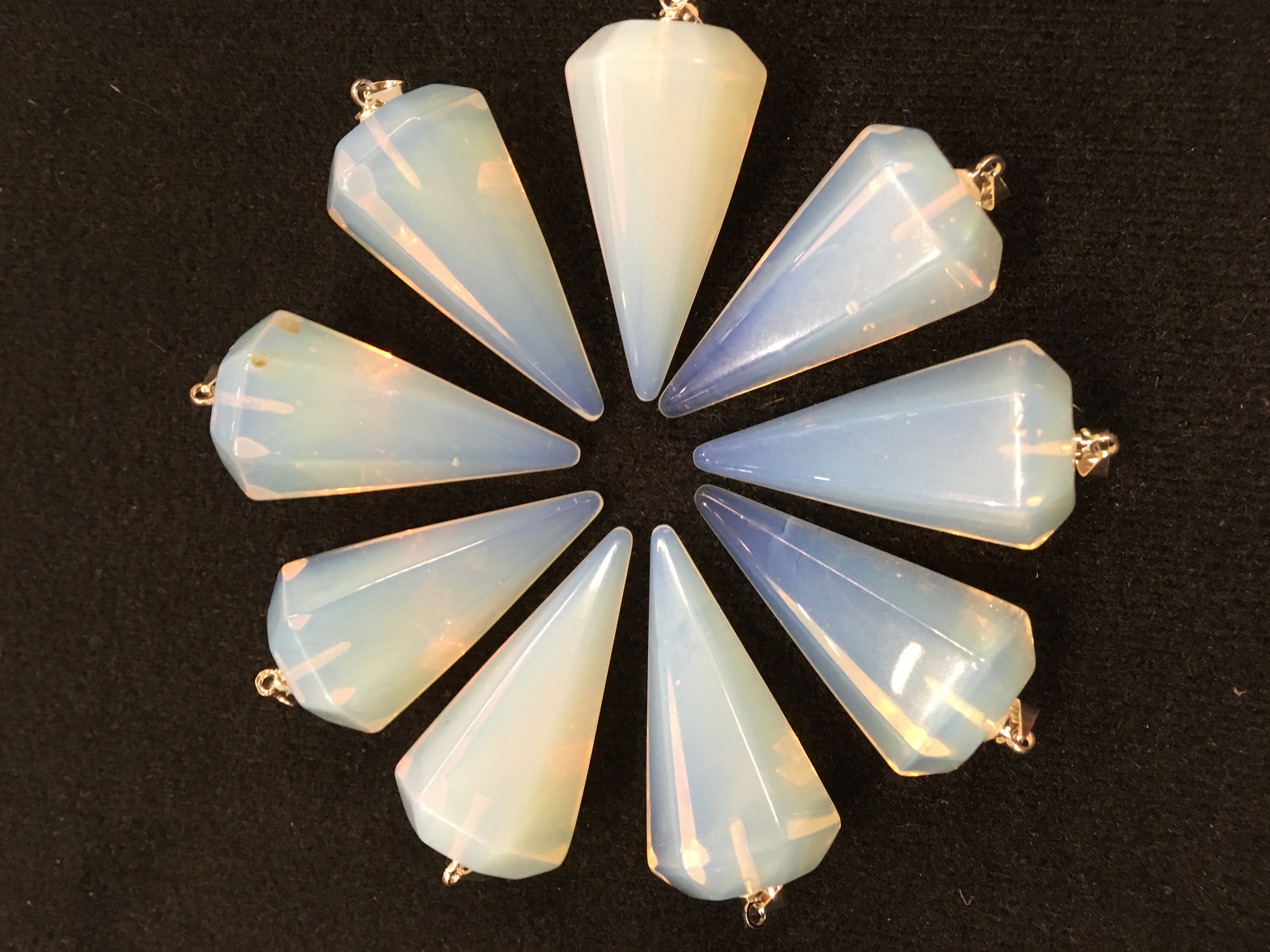Introduction to Chakras
- Aum shanti book & crystals

- May 2, 2022
- 4 min read
What are Chakras?

Chakras are swirling centers of positive spiritual power located throughout the human body. The seven main chakras run along the spine, starting from its base, then moving upwards through the neck and head to the top of the skull. The word “chakra” comes from the Sanskrit word for “wheel” or “disk”, referring to their shape, and this system of energy points was first mentioned in the Vedas--sacred Hindu texts dating back to 1500 BCE.
Each of the seven chakras corresponds with parts of the nervous system, body parts, and organs, as well as areas of emotional and spiritual well-being. Chakras can be activated and balanced with certain crystals and yoga poses. Because your chakras are all connected to each other, it’s possible to have multiple blocked at the same time. Aligning all your chakras allows prana--pure life energy--to flow freely throughout your body.
1. Root Chakra (Muladhara)
Located at the base of the spine, the root chakra is responsible for our sense of security and grounding. When balanced, it is a solid, stable foundation for the rest of your body, creating feelings of security, energy, and resilience. The root chakra relates to physical needs like food, water and shelter, as well as to emotional needs like a sense of safety, independence, and ambition. An unbalanced root chakra leads to feelings of instability, fear, frustration, and lack of purpose.
Color: Red
Element: Earth
Crystals: Black Tourmaline, Hematite, Bloodstone, Red Jasper, Obsidian
Yoga Poses: Child’s Pose, Mountain Pose, Warrior II
2. Sacral Chakra (Swadhisthana)
Sitting slightly below the navel, the sacral chakra rules over sexual energy, pleasure, passion, creativity, and how we relate to others. When this chakra is aligned, you will feel creatively and emotionally fulfilled, as well as compassionate and capable of recognizing your true worth. If unbalanced, it can lead to uncomfortable emotional fluctuations, depression, and a lack of creativity.
Color: Orange
Element: Water
Crystals: Tiger’s Eye, Sunstone, Carnelian, Amber, Peach Moonstone
Yoga Poses: Hero Pose, Goddess Pose, Seated Forward Bend
3. Solar Plexus Chakra (Manipura)
The solar plexus chakra is located in the upper abdominal area, between the rib cage and navel. Tied to personal power and self-esteem, a balanced solar plexus chakra allows feelings of confidence, the ability to express your true self, and radiant positive energy. Blockages in the solar plexus chakra can manifest physically as issues with eating and digestion or liver problems, and emotionally as apathy, self-doubt, and anger.
Color: Yellow
Element: Fire
Crystals: Citrine, Pyrite, Yellow Topaz, Heliodor, Golden Quartz
Yoga Poses: Boat Pose, Twists, Cobra Pose
4. Heart Chakra (Anahata)
The heart chakra in the center of the chest marks the halfway point between the lower chakras and upper chakras. As the meeting point of the physical and the spiritual, it influences our ability to give and receive love and compassion. Also associated with trust, forgiveness, and awareness, an open heart chakra allows you to feel more caring, optimistic, and helps you engage positively with the people around you. An unbalanced heart chakra can manifest as heart issues, jealousy, anxiety, and distrust.
Color: Green
Element: Air
Crystals: Rose Quartz, Jade, Malachite, Peridot, Watermelon Tourmaline
Yoga Poses: Camel Pose, Back Bends, Fish Pose
5. Throat Chakra (Vishuddha)
Located in the throat, this chakra is associated with verbal communication, inspiration, and authentic self-expression. A well-balanced throat chakra enables you to speak your thoughts truthfully and freely, as well as listen to others with compassion. Misalignments can manifest physically as a sore throat or neck and shoulder pain, and emotionally as trouble with focus, fear of judgment, and the inability to express yourself.
Color: Blue
Element: Ether
Crystals: Aquamarine, Lapis Lazuli, Kyanite, Turquoise, Blue Lace Agate
Yoga Poses: Fish Pose, Plow Pose, Shoulder Stand
6. Third Eye Chakra (Ajna)
Set on the forehead, between the eyebrows, the third eye chakra guides intuition, imagination, intellect, and deeper wisdom. When balanced, your third eye chakra helps you feel spiritually and emotionally connected, able to confidently access and trust your intuition, and capable of seeing the big picture clearly. Blockages can show up as headaches and problems with vision and hearing, or disconnection from your intuition, a judgmental attitude, and lack of assertiveness.
Color: Indigo
Element: Light
Crystals: Amethyst, Azurite, Labradorite, Purple fluorite, Sodalite
Yoga Poses: Child’s Pose, Dolphin Pose, Eagle Pose
7. Crown Chakra (Sahasrara)
The crown chakra sits at the very top of the skull. It is connected to the brain, nervous system, and to all the other chakras. This chakra represents the ability to be fully spiritually connected to your higher self, the universe, and to others. An open crown chakra enables the course of wisdom, the connection to cosmic consciousness, bliss, and enlightenment. Depending on where you are in your journey, your crown chakra may be underactive or not fully open--this is normal. Blockages can show up as frustration, stubbornness, exhaustion, depression, or a lack of purpose. The crown chakra can be activated through physical movement, meditation, mindfulness, and actively working on the six chakras below it.
Color: Violet and White
Element: Thought
Crystals: Clear Quartz, Selenite, Lepidolite, Sugilite, Ametrine
Yoga Poses: Headstand, Tree Pose, Corpse Pose
Ultimately, it all comes back to the idea of balance, presence, and integration--making sure that you’re taking the best care of yourself that you can and listening to what your body needs in the moment. Well-balanced chakras can be an important aspect of a healthy physical, emotional, and spiritual life.





Comments